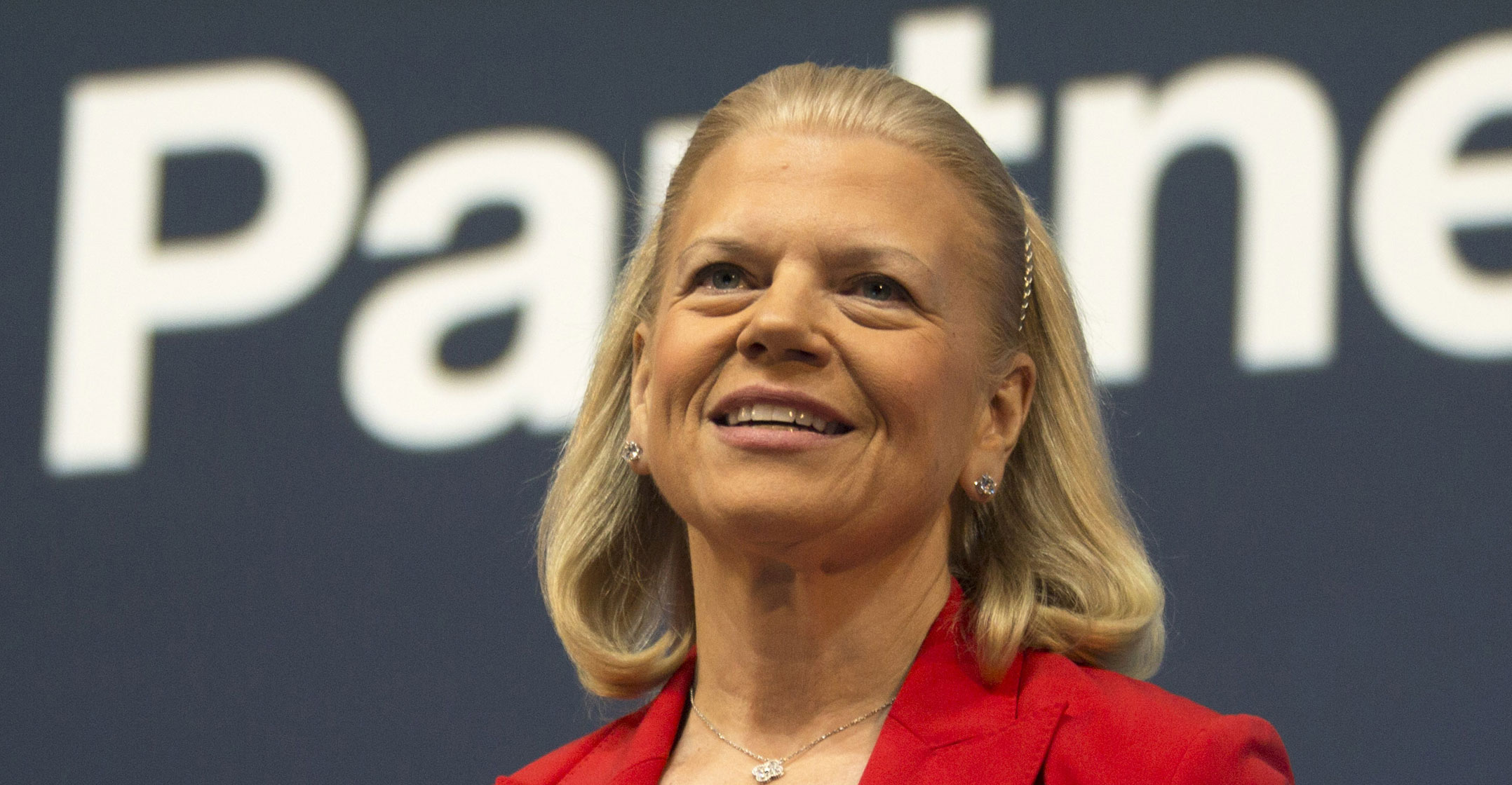
IBM just made the cloud computing war far more interesting. It announced on Sunday that it’s buying Red Hat, one of the most successful pioneers of a software movement known as open source, which allows programming instructions to be accessible to anyone to view and alter.
Red Hat’s version of the Linux open-source software became widely used in companies’ computer servers, contributing to a shift in corporate technology standards away from the hulking mainframe computers sold by IBM and others. More recently, Red Hat became a major proponent of cloud computing, offering an alternative to tech giants such as Amazon.com and Microsoft that want to pitch customers on their own proprietary cloud computing technologies.
On their own, IBM and Red Hat were destined to be perpetual laggards in the computing industry. IBM has been too tethered to its past to chart the future of technology. Red Hat was too small to compete with titans. But together, with this US$33-billion deal, the duo may be able to plot a new course. While IBM is paying a rich price in the acquisition, the combined company can — assuming it is managed properly — be a serious threat to Amazon, Microsoft and others that are reshaping the $2-trillion corporate computing industry.
The acquisition price reflects how hungry IBM is to change its standing as a company that’s having trouble growing and whose strategic direction is muddled. IBM is paying $190/share for Red Hat, a premium of more than 60% to Red Hat’s most recent stock price. IBM’s offer values Red Hat at an eye-popping 51 times its estimated adjusted earnings for the next year, according to data compiled by Bloomberg. That’s a richer valuation than all but a tiny handful of fast-growing software companies.
The cash purchase price of more than $33-billion represents about two-and-a-half years of IBM’s free cash flow at current levels. Yes, buying Red Hat does give IBM an asset with growing revenue and free cash flow, but it’s a big splurge for IBM CEO Ginni Rometty. Strategically, though, rolling the dice might be Rometty’s best play. On its own, IBM is destined to shrink in both revenue and technology relevance, despite the steady stream of company-generated hogwash about how much it is transforming into a technology leader. It is not.
Tough spot
Red Hat is in a strategically tough spot, too. It is too small to compete on the same level as Amazon, Microsoft, Google, Oracle and other tech empires, and it has been considered too big to be an easy acquisition target for any of those powerhouses.
In a news release about the acquisition, IBM and Red Hat stressed that they’ll press a technology approach known as “hybrid” cloud, or a method that melds companies’ computerised data in their own data centres with those managed by cloud computing providers. It’s an open question whether hybrid cloud computing will prove to be a lasting technology, or merely a way-station on the road to a near-complete outsourcing of corporate computing tasks to the powerful clouds controlled by Amazon and others. A combined IBM and Red Hat will need to make a strong case for why companies should bet on them rather than place their trust in Microsoft, Oracle or others also pressing the hybrid cloud approach.
It’s not an easy sell, but IBM and Red Hat certainly make a more compelling cloud computing alternative as a combined force than they ever could on their own. Linking arms and fighting the tech giants together may be their best bet. — Reported by Shira Ovide, (c) 2018 Bloomberg LP




